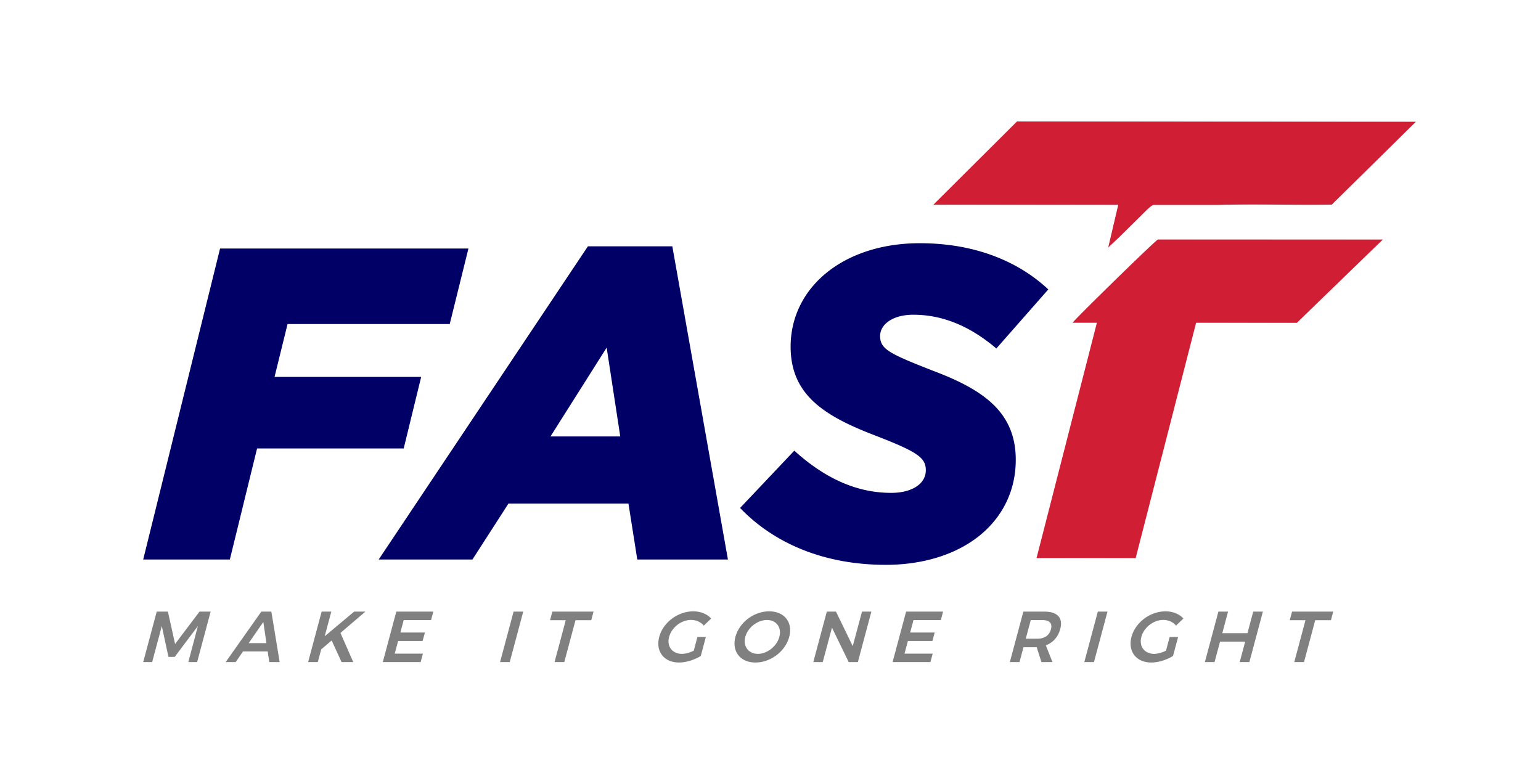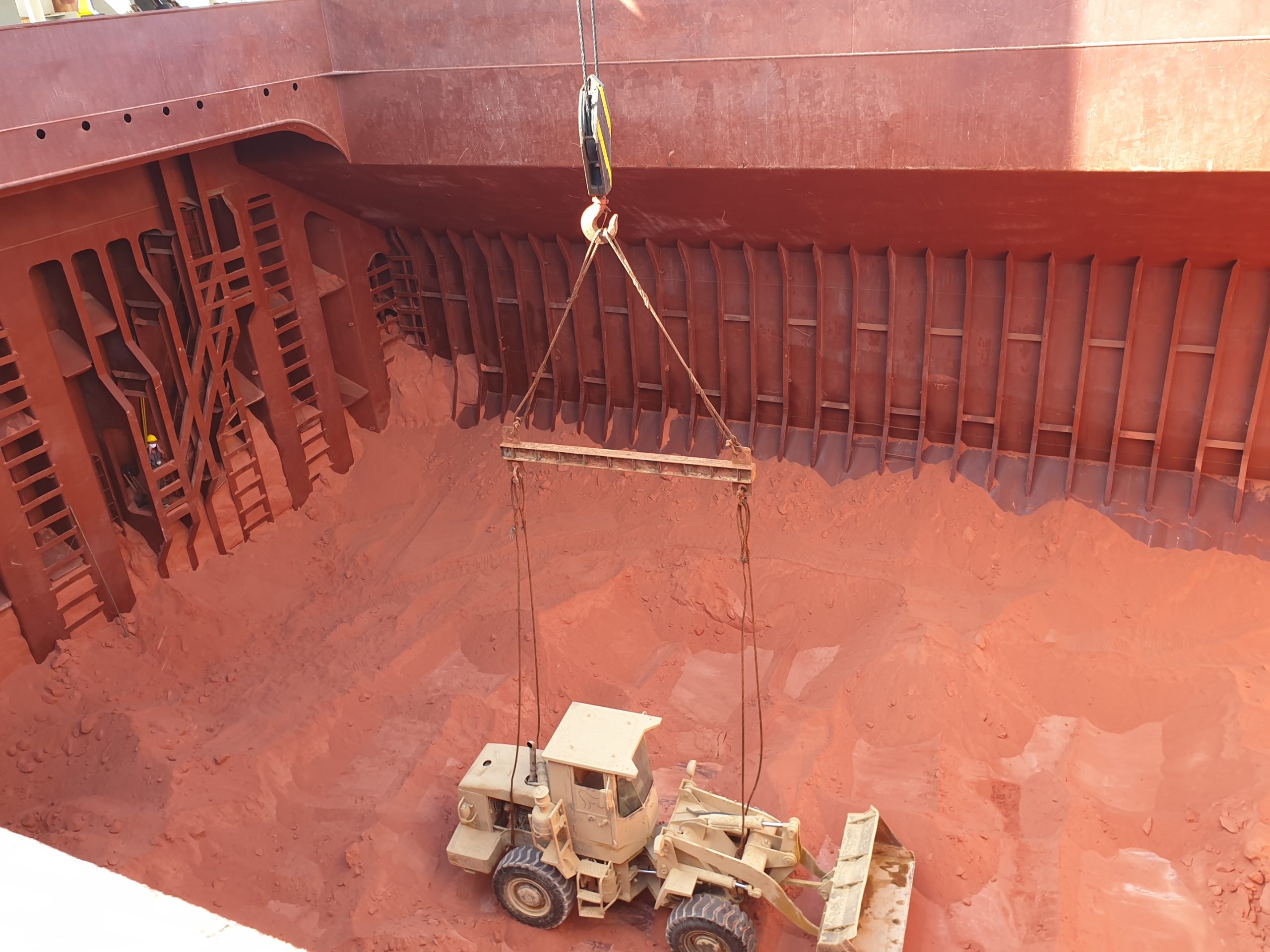As Indonesia’s bulk trade expands, hidden hatch cover defects remain a leading cause of cargo claims. Learn how advanced ultrasonic inspection helps owners and operators avoid preventable losses
The Growing Importance of Bulk Carrier Safety
Indonesia’s role as a global leader in coal, nickel ore, and agricultural exports has led to increased reliance on bulk carriers. With this growth comes heightened operational risks, particularly related to cargo safety. Among the most persistent issues faced by shipowners and charterers is wet damage caused by leaking hatch covers. Such failures not only result in significant financial losses due to cargo spoilage and claims but also disrupt supply chains and harm stakeholder relationships. The vulnerability of hygroscopic cargoes like coal and nickel ore to moisture makes effective hatch cover integrity not just a technical concern, but a commercial necessity.
Why Traditional Inspection Methods Fall Short
For decades, hose testing has been the standard method for assessing hatch cover weathertightness. However, this approach often fails to identify hidden defects such as internal corrosion, minor seal gaps, or warping of panels. These limitations become especially apparent in older vessels or those operating in corrosive environments like tropical waters. Without accurate detection, minor issues escalate into major failures during transit. The consequences include cargo damage, rejected shipments, and prolonged disputes between owners, charterers, and insurers. As claim values rise, the industry seeks more reliable solutions.
How Ultrasonic Testing Works and Its Advantages
Ultrasonic hatch cover testing offers a sophisticated, non-destructive alternative to conventional methods. Using high-frequency sound waves, inspectors can accurately measure gaps between hatch cover seals and coamings, detecting imperfections as small as 0.05mm. The process involves placing a transmitter inside the cargo hold and scanning the covers externally with a receiver. Results are digitally mapped, providing visual evidence of leak paths. This method is not only precise but also efficient—comprehensive testing can be
completed within hours, minimizing vessel downtime. Moreover, its acceptance by P&I Clubs and vetting authorities makes it a trusted tool for risk mitigation.
Real-World Impact and Case Example
The practical benefits of ultrasonic testing are clear from real-world applications. For instance, during a pre-loading inspection in Surabaya, a bulk carrier initially passed hose testing but was found to have critical seal failures under ultrasonic assessment. The survey revealed corrosion under gaskets and misaligned panels, which, if overlooked, could have led to water ingress and cargo damage valued at over $300,000. By addressing these issues early, the vessel avoided a costly claim and potential downtime. Such cases underscore how this technology turns potential losses into preventable scenarios, strengthening both safety and profitability.
Integrating Ultrasonic Testing into Operational Workflows
To maximize the benefits of ultrasonic testing, industry stakeholders should adopt a proactive approach. Vessel operators are encouraged to include these inspections in routine maintenance schedules, particularly for carriers over ten years old or those frequently transporting moisture-sensitive cargoes. Charterers can enhance contractual agreements by specifying ultrasonic surveys prior to loading. Meanwhile, P&I Clubs and insurers may consider incentivizing adoption through premium adjustments for compliant vessels. Embedding this practice into standard operations not only reduces claim frequency but also reinforces a culture of prevention and accountability.
Conclusion and Forward-Looking Perspective
As global trade evolves, the demand for reliable and efficient bulk shipping will only intensify. In this context, ultrasonic hatch cover testing represents more than a technical upgrade—it is a strategic investment in operational resilience. By embracing advanced diagnostic tools, shipowners and operators can protect their assets, uphold contractual commitments, and contribute to safer maritime practices. For those navigating the complexities of bulk cargo transportation, this technology offers a clear path to mitigating risks and enhancing commercial outcomes.


 Chat WhatsApp
Chat WhatsApp 